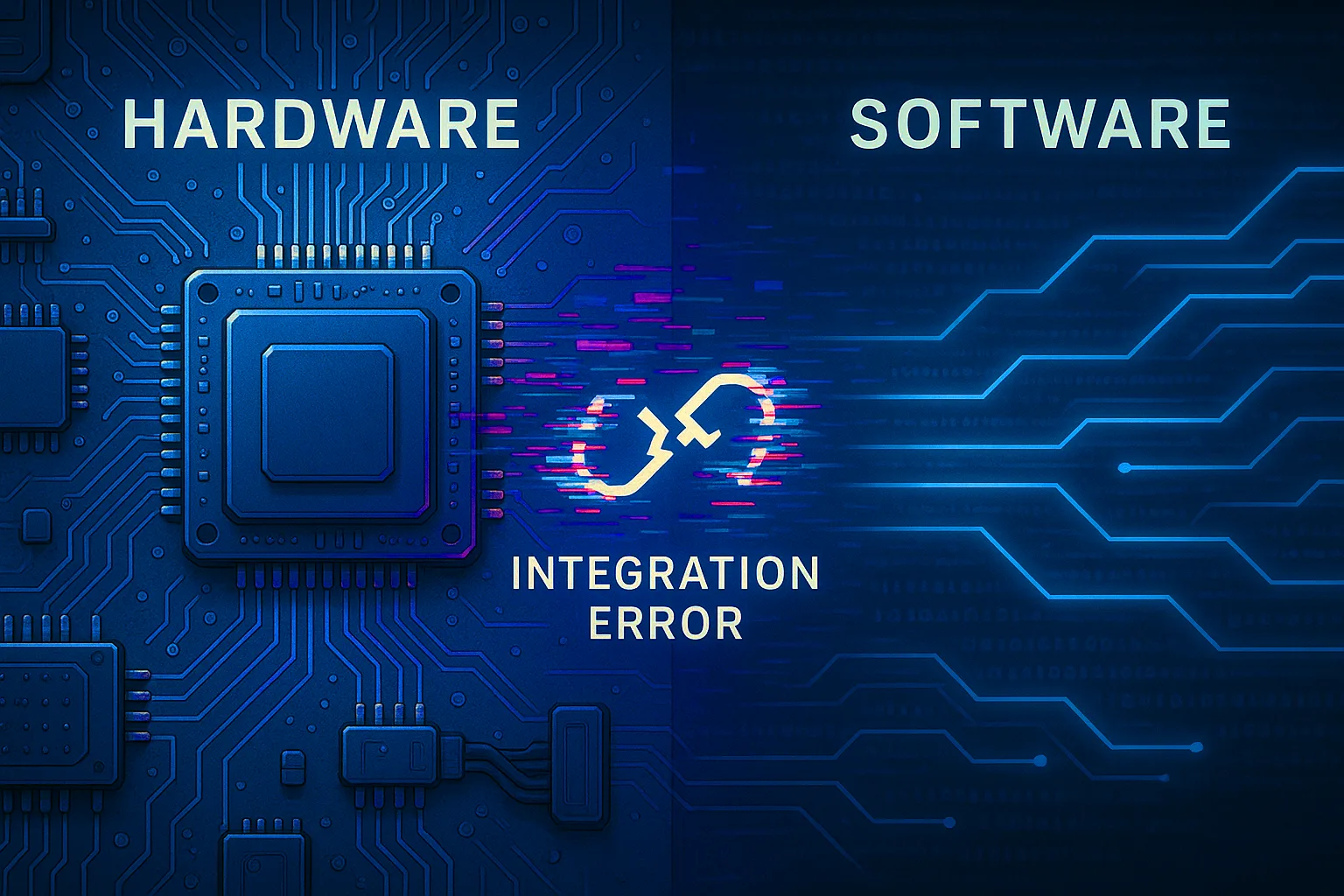The Internet of Things (IoT) is expanding at an unprecedented rate, with advancements in technology, falling costs, and a burgeoning market making it one of the most dynamic fields today. However, with this rapid growth come significant security challenges. Let’s delve into the current state of IoT security and explore effective strategies to address these concerns.
Understanding Current IoT Security Risks
With the widespread adoption of IoT devices, companies are now acutely aware of the security implications. Traditionally, embedded devices did not connect to the cloud, so security wasn’t a primary concern. However, connecting any device to the internet—be it a laptop, a smart thermostat, or even a toaster—introduces security risks. As more IoT devices connect to the cloud, the potential entry points for hackers multiply, increasing the risk of breaches and server compromises.
The Risks of Internet Connectivity
Adding internet functionality to devices that weren’t originally designed for it can compromise entire networks. This risk is magnified as devices become more interconnected. IoT protocols often lack the rigorous vulnerability testing that traditional software undergoes. In this relatively new industry, developers frequently solve novel problems without a comprehensive manual, making thorough security testing indispensable.
The Critical Importance of IoT Security Awareness
Today, awareness of IoT security risks is significantly higher. Industries recognize the potential threats, leading to increased investment in security measures. Sectors such as financial services, healthcare, oil and gas, electric utilities, and government operations are heavily reliant on IoT technology and are taking proactive steps to mitigate risks. High-profile attacks have underscored the importance of robust security protocols.
Collaborative Efforts in IoT Security
Many companies are actively addressing IoT security, with leading firms setting the standards. It’s crucial for both companies and individual users to understand that security firms cannot address all vulnerabilities alone. Simple user actions, like changing default passwords, are vital. Comprehensive security preparation must be a collaborative effort, starting well before device deployment.
Proactive Security Measures
Patching vulnerabilities post-deployment might be cheaper, but it’s far less effective than ensuring robust security from the outset. Reactive patching can create additional problems, confusing customers and leaving products exposed. Establishing strong security protocols from the beginning is essential, along with educating customers on maintaining their security.
Enhancing Encryption and Password Security
Enhanced encryption is a necessity. Poor implementation of cryptographic features can be a significant vulnerability, allowing attackers to exploit them. Weak passwords are another critical issue. According to the IoT Security Foundation, customers need clear guidance on creating strong passwords and the importance of changing default settings.
The Future of IoT Security
IoT devices often lack the processing power required for robust security measures, but this is evolving.
Companies must remain vigilant and proactive, addressing potential issues before they arise. Security should be a top priority for IoT businesses, protecting both the company and its customers from malicious attacks.
Conclusion
By prioritizing IoT security from the ground up, businesses can safeguard their innovations and build trust with their customers. In the rapidly evolving IoT landscape, robust security is not just a technical requirement but a fundamental business strategy.





